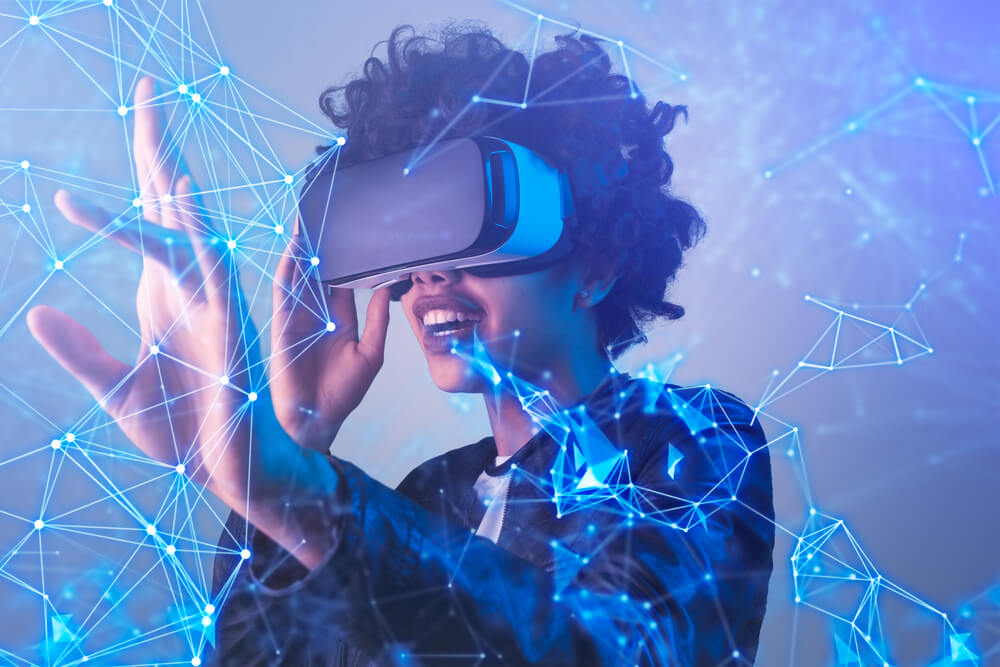Exploring the Top Five Applications of AR and VR: Gaming, Education, Healthcare, Architecture, and Marketing
The realm of AR and VR applications is continuously expanding and innovating, with new possibilities emerging every day. Augmented Reality (AR) and Virtual Reality (VR) have gone beyond their initial stages and are now being utilized in various industries and fields. Here are five compelling applications of AR and VR that are reshaping our experiences:
1. Gaming and Entertainment:
– VR Gaming: Games like “Beat Saber,” “Half-Life: Alyx,” and “Superhot VR” provide immersive and interactive experiences.
– AR Entertainment: Apps like Pokémon GO, Snapchat, and Instagram filters enhance entertainment and engagement in the real world.
2. Training and Education:
– VR Training Simulations: Industries like aviation, healthcare, and military use VR for realistic training simulations.
– AR Educational Apps: AR apps in education offer interactive and engaging learning experiences, helping students visualize complex concepts.
3. Healthcare:
– VR Medical Training: VR is used for medical training and surgery simulations, allowing practice in a risk-free environment.
– AR Surgery Assistance: AR provides surgeons with real-time information during procedures, improving accuracy and efficiency.
4. Architecture and Design:
– VR Architectural Visualization: Architects and designers use VR to create immersive 3D models of buildings and spaces, allowing clients to preview designs before construction.
– AR Interior Design Apps: AR apps help users visualize furniture and decor in their homes before making purchases.
5. Marketing and Retail:
– AR Marketing Campaigns: Brands use AR for interactive marketing campaigns like product try-ons and scavenger hunts.
– VR Virtual Stores: Virtual shopping experiences allow customers to browse and purchase products in a virtual environment.
As AR and VR technologies continue to evolve, we can expect more groundbreaking applications that will revolutionize industries, enhance learning experiences, improve medical training, and engage consumers in new ways. The possibilities are endless, and the future of AR and VR looks promising for shaping the way we work, learn, and entertain ourselves.
